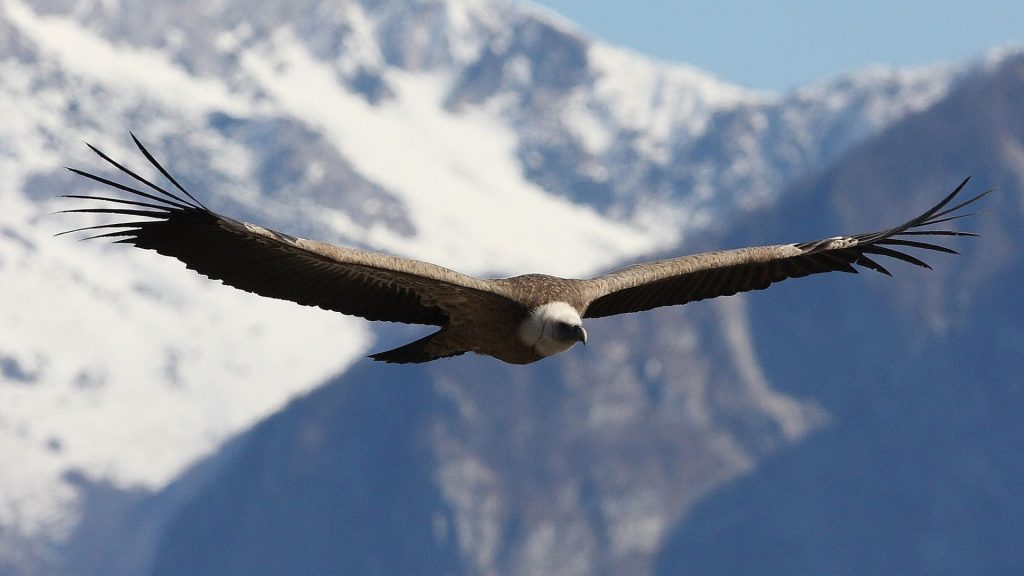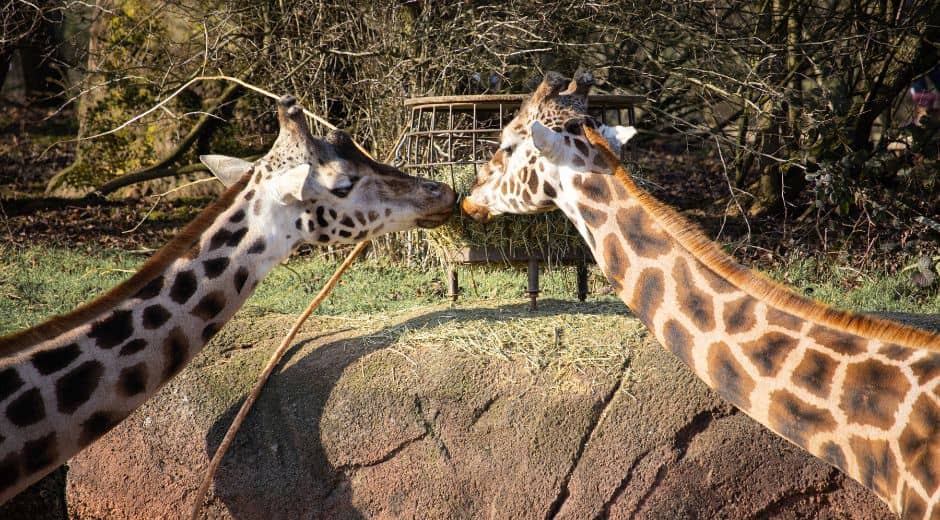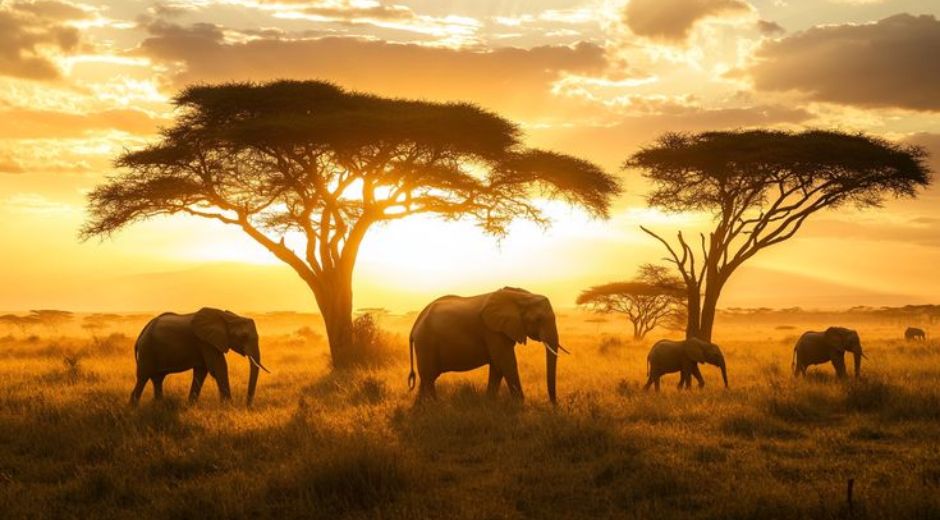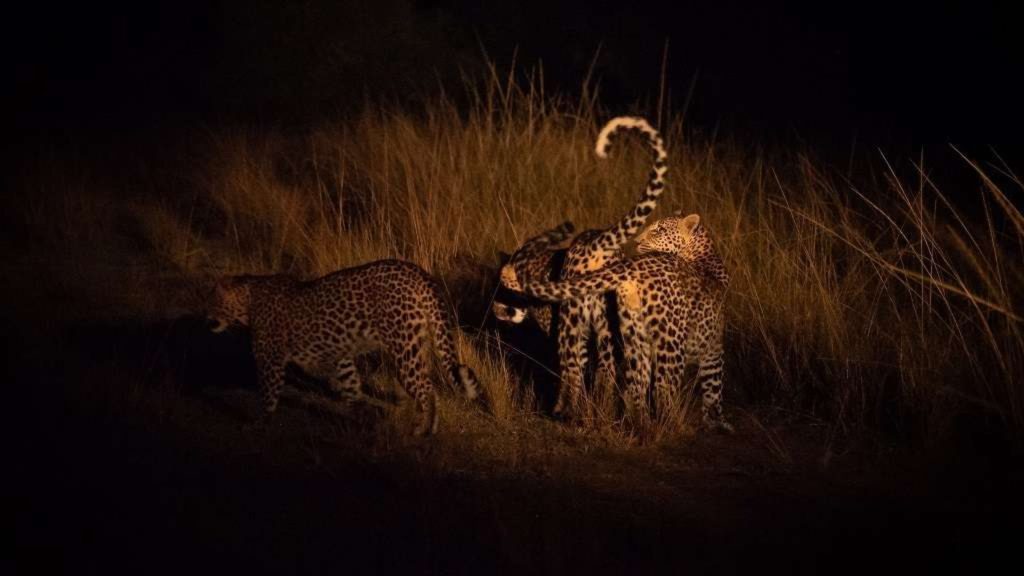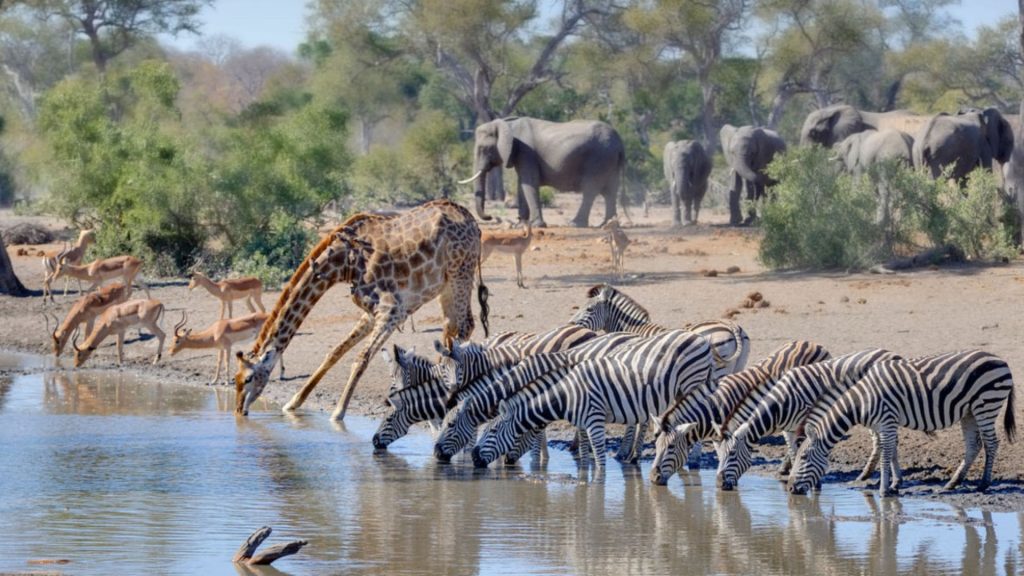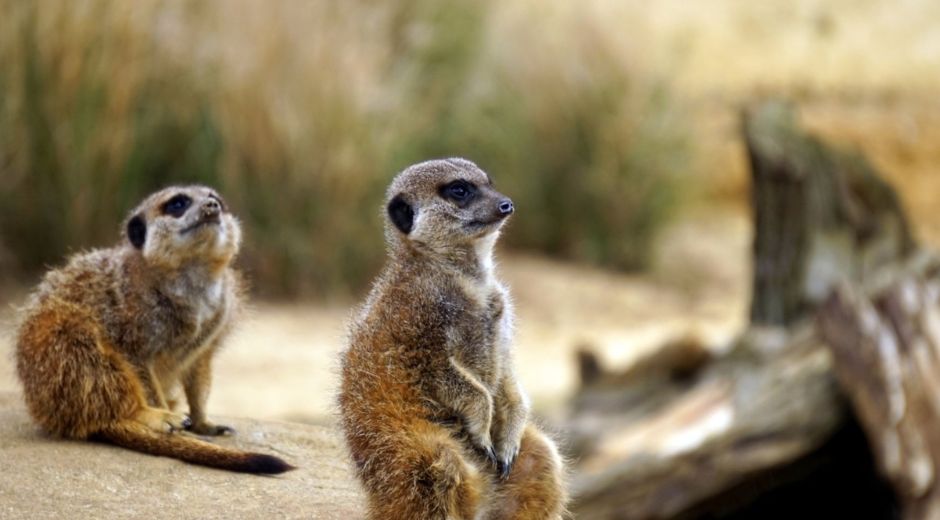Vulture Communication and Hunting Strategies in the Wild
Vulture Communication and Hunting Strategies in the Wild
Vulture is a species often misunderstood, frequently associated with barren landscapes and decay rather than recognized for its critical ecological function. These birds play an essential role in maintaining environmental health, preventing the spread of disease by consuming remains that would otherwise become breeding grounds for harmful bacteria. To understand their value, we must look closely at the behavioral patterns, communication systems, and adaptive intelligence that allow them to thrive in some of the world’s harshest environments.
Social Dynamics and Group Interaction
Vulture thrives within complex social frameworks, especially visible at feeding sites. When multiple individuals gather around the same carcass, a natural hierarchy forms. Dominance is rarely announced through loud calls; instead, control is expressed through posture, spacing, and subtle movement. A lowered head, extended wings, or a forward lean can assert position without conflict. This quiet negotiation conserves energy, which is vital in landscapes where food availability is unpredictable.
Mastering the Skies Through Thermal Soaring
The flight patterns of Vulture demonstrate one of the most remarkable energy-saving adaptations in the animal kingdom. Instead of flapping continuously, the bird relies on rising thermal air currents to glide for long distances. By reading the landscape and the shifting patterns of warm air, it can travel dozens of kilometers with minimal effort.
Young birds do not master this instantly. They learn by following experienced adults, observing how they detect thermals, adjust wing angles, and conserve strength. Flight skill is not merely instinct it is learned behavior, passed down through generations.
Communication Through Body Language
Vulture is not known for melodious vocal communication. Instead, social interaction depends on body cues. A raised wing may signal caution or territorial claim, while a lowered stance communicates submission or neutrality. Vocal sounds such as hissing or low growls are typically reserved for close-range interactions where clarity is essential. This communication system is efficient and energy-conscious, fitting perfectly within environments where survival demands minimal waste.
Specialized Feeding Strategies and Digestive Adaptations
The feeding behavior of Vulture reveals specialization across species. Some have slender beaks suitable for soft tissues, while others possess strong, hooked beaks built to tear through tougher layers. This role-sharing reduces competition and ensures efficient use of every carcass.
Their digestive systems are uniquely adapted to neutralize harmful microbes, including bacteria and viruses deadly to most other animals. This biological defense is what allows Vulture populations to act as natural sanitation systems, preventing disease spread across ecosystems.
Learning and Development Among Juveniles
Young Vulture individuals spend significant time observing adults before becoming fully independent. They learn how to approach feeding sites without provoking conflict, how to avoid larger predators such as hyenas or jackals, and how to interpret group behavior. The learning phase is critical; skill and judgment often determine survival.
Ecological Importance and Keystone Role
Vulture serves as a keystone species. By clearing decaying remains quickly, these birds prevent contamination of soil, water, and grazing areas. In regions where populations have declined, increases in diseases such as rabies and anthrax have been recorded, demonstrating their crucial ecological role.
Conservation Efforts and Global Protection
Conservation organizations, such as World Animal Protection, work to safeguard habitats and educate communities about the importance of these birds. More information about initiatives supporting their survival can be found at:
https://www.worldanimalprotection.org/
The Growing Role of Technology
Modern technology is increasingly central in tracking and supporting Vulture populations. Satellite monitoring, GPS tagging, and data analytics allow researchers to understand migration routes and population shifts more accurately. Tools like those highlighted on:
https://techtazz.com/
show how digital solutions are becoming essential for wildlife conservation.
Further Learning and Research
For readers interested in exploring additional wildlife behavior insights, species studies, and ecological reporting, more resources are available at:
https://zoopora.com
Cultural Significance and Future Outlook
Vulture populations face different challenges depending on region, requiring tailored conservation strategies. Their adaptation to climate shifts reflects how environmental change influences migration routes and breeding success. Beyond ecological relevance, the bird also holds symbolic meaning in many cultures, representing renewal, transformation, and the cycle of natural return.
The future survival of Vulture depends on cooperation between scientists, local communities, and governments. Awareness, habitat protection, and reduction of harmful chemical use in livestock are all essential steps.
Conclusion
Vulture is a symbol of resilience and ecological balance. Understanding its behavior reveals intelligence, cooperation, and an essential role in sustaining healthy natural environments. By valuing and protecting these birds, we help safeguard the cycles of renewal that support life across entire ecosystems.
Wildlife Behavior Curiosity
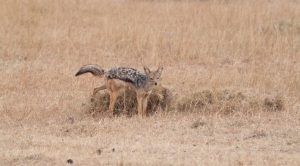
Territory and Animal Behavior, How Species Claim Their Space
Explore how animals establish and defend territory, why space matters for survival, and how territorial behavior shapes ecosystems.

Wilderness and the Human Spirit, Finding Balance in Nature
Explore how the wilderness awakens creativity, calm, and self-discovery, guiding people back to balance in an increasingly digital world.

Training and Trust: Building a Stronger Bond with Your Pet
Discover why biodiversity is vital for ecosystems, climate balance, and human survival, and how conservation protects life’s intricate web.
